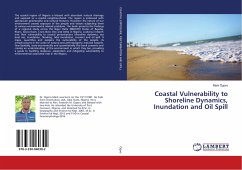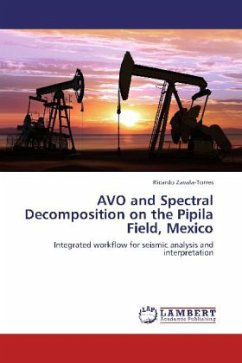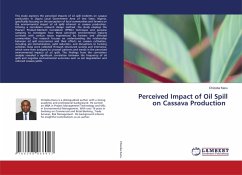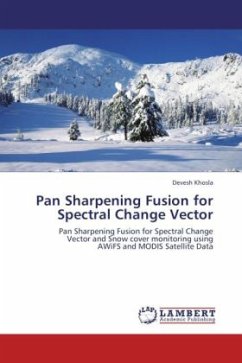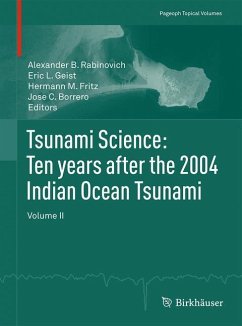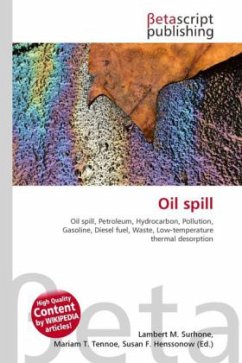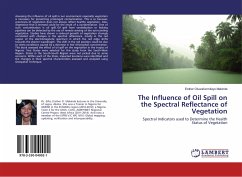
The Influence of Oil Spill on the Spectral Reflectance of Vegetation
Spectral Indicators used to Determine the Health Status of Vegetation
Versandkostenfrei!
Versandfertig in 6-10 Tagen
24,99 €
inkl. MwSt.

PAYBACK Punkte
12 °P sammeln!
Assessing the influence of oil spill in our environment especially vegetation is necessary for preventing prolonged contamination. This is so because; greenness of vegetation does not always reflect healthy vegetation. Also, vegetation that is stressed could be the result of a contamination. One of such contamination is oil spill. Oil spill from vandalization or leaking pipelines can be detected by the use of remote sensing of the surrounding vegetation. Studies have shown a reduced growth of vegetation strongly correlated with changes in the spectral reflectance, mostly in the red region of t...
Assessing the influence of oil spill in our environment especially vegetation is necessary for preventing prolonged contamination. This is so because; greenness of vegetation does not always reflect healthy vegetation. Also, vegetation that is stressed could be the result of a contamination. One of such contamination is oil spill. Oil spill from vandalization or leaking pipelines can be detected by the use of remote sensing of the surrounding vegetation. Studies have shown a reduced growth of vegetation strongly correlated with changes in the spectral reflectance, mostly in the red region of the electromagnetic spectrum in which the red edge shifts towards the shorter wavelength. This shift in the red position could be due to stress conditions caused by a decrease in leaf chlorophyll concentration. This book assessed the effect of oil spill on the vegetation in the tropics of Nigeria. Two States were selected for this study from the South-West Region. States in the South-South Region were not picked due to some concerns. Within each of the State, impacted locations were identified and the changes in their spectral characteristics assessed and analyzed using Geospatial Technique.



